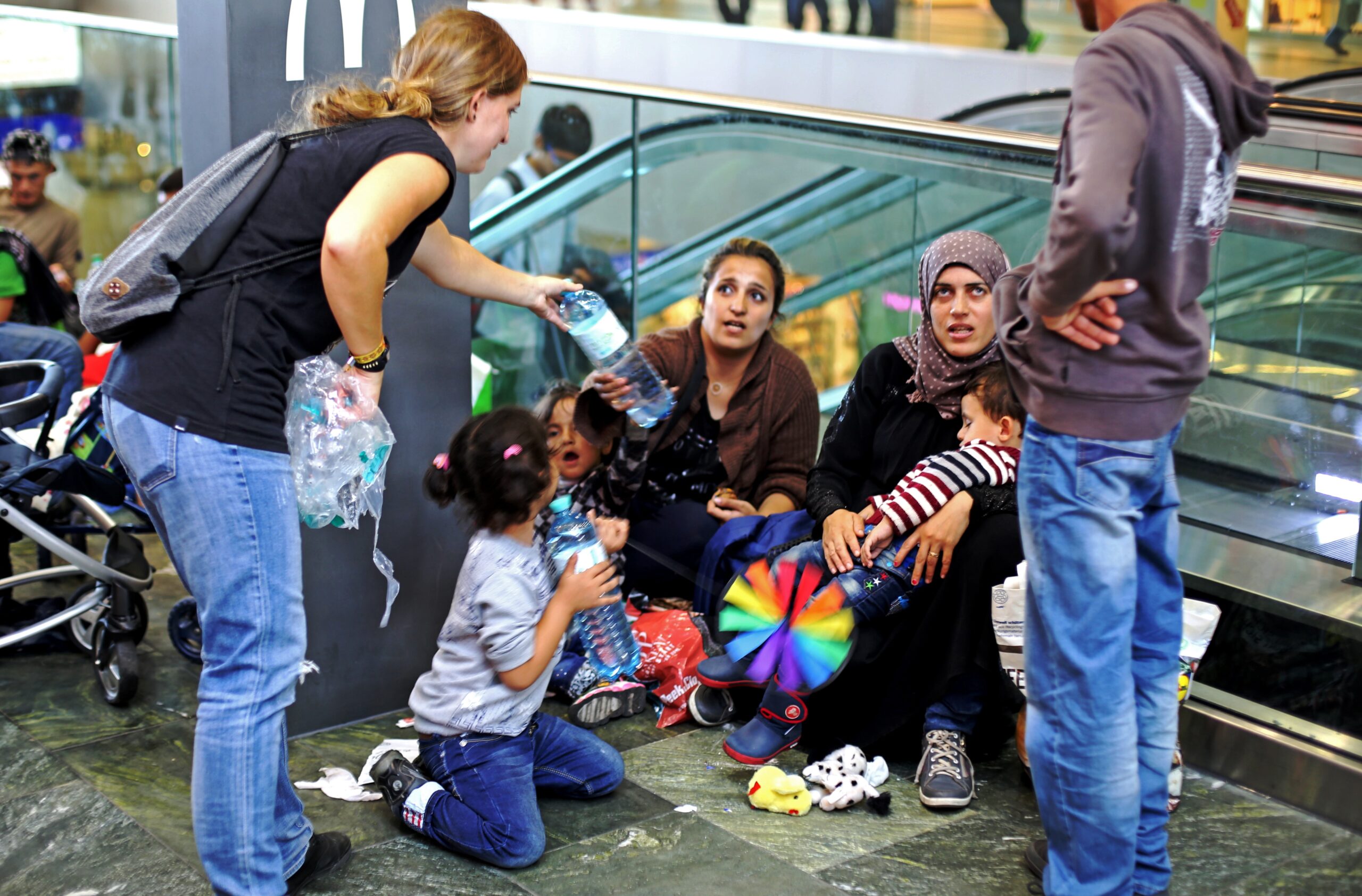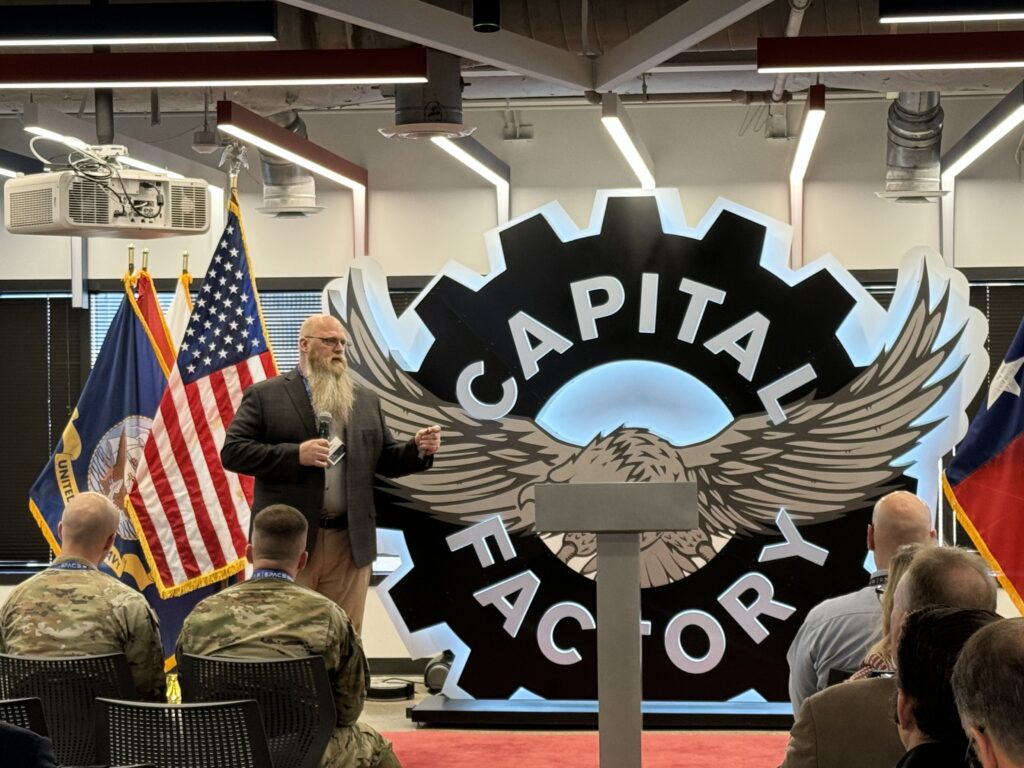Beyond Borders: Confronting Modern Human Trafficking
| By Breanna Conner |
Understanding Systemic International Exploitation
Human trafficking is a human rights issue often reported in local news reports detailing new sex trafficking tactics. But human trafficking is in fact an insidiously larger international issue that leaves countless unseen and unheard victims in its wake. Beyond underground sexual exploitation rings, trafficking encompasses forced labor under inhumane conditions, the conscription of child soldiers, substance smuggling operations, and the withholding of personal belongings and identifying documents. People in desperate situations are more likely to become victims of human trafficking as their needs outweigh their options. Most human trafficking goes undetected as much of it is not conducted by organizations but rather by small communities and family members (Cockbain, & Sidebottom, 2022, p.4).
International Law and the Fight Against Human Trafficking
In the field of international affairs, the definition and prosecution guidelines reflect United Nations regulations. All signatory members are responsible for making efforts to reduce the human trafficking in their region. According to the United Nations Office on Drugs and Crime, human trafficking is defined as:
“The recruitment, transportation, transfer, harbouring or receipt of people through force, fraud or deception, with the aim of exploiting them for profit. Men, women and children of all ages and from all backgrounds can become victims of this crime, which occurs in every region of the world. The traffickers often use violence or fraudulent employment agencies and fake promises of education and job opportunities to trick and coerce their victims.”
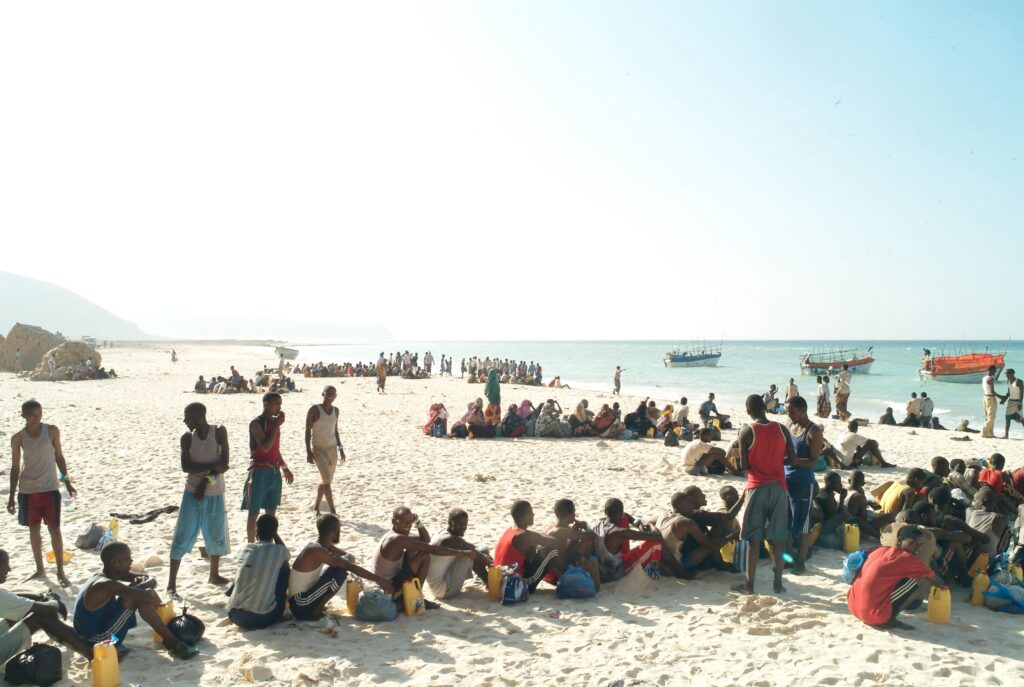
Preying on the Displaced: Traffickers Target Desperate Migrants
Currently, there are multiple internal and cross-border conflicts forcing people from their homes. Migrants are ideal trafficking targets because of their willingness to work low-wage jobs and lack of support connections back to their home country. Often, migrants encounter difficulties distinguishing between authentic assistance and the exploitative methods employed by deceptive human traffickers. This vulnerability is of particular concern to internationally focused organizations such as the United Nations and the U.S. Department of State.
On June 24, 2024, Ambassador Cindy Dyer, the U.S. Ambassador-at-Large to Monitor and Combat Trafficking in Persons, met with the U.S Department of State spokesperson Mathew Miller to discuss the recent trends in migrant issues. Ambassador Dyer emphasized that once migrants are recruited for their purpose, “They’re not working in a group with other people from their country, or other people on a construction site. They are so very isolated. Their movements are watched. They don’t have access to a phone to even call for assistance if assistance were available”. These circumstances make it difficult for trafficked people to be identified and rescued. Accordingly, organizations and governments have implemented processes such as the Trafficking Persons Victims Act to curb human trafficking.
Prosecution, Protection, Prevention: A Multi-Pronged Approach
The Trafficking Persons Victim Act requires action based on the “3P’s framework of prosecuting traffickers, protecting victims, and preventing the crime”in efforts to intercept human trafficking routes to find migrants, displaced people, child slaves, and sex slaves (Miller, 2024). They identify the needs of the traffickers and victims. In most cases, traffickers need profit, movement of products, and low-wage employees. In order to achieve this, a system of power and debt are set over the migrants who seek shelter and the opportunity to leave their home country. If the targeted population can be identified, NGOs and other assistance institutions can provide reliable and safe alternatives to relocation and security.
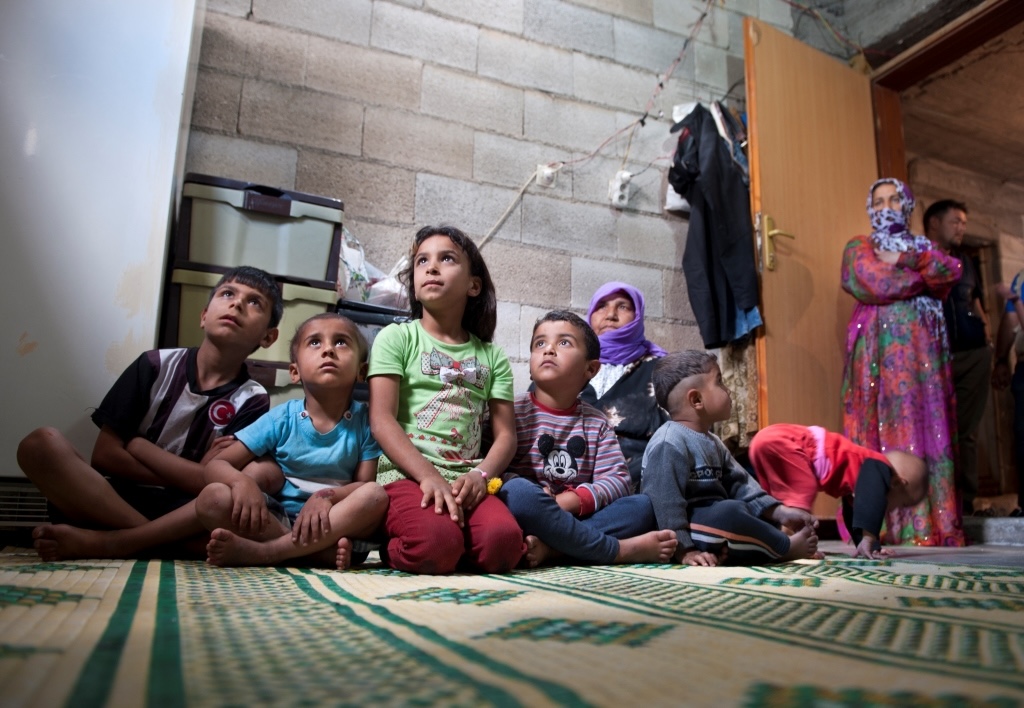
War’s Hidden Trafficking Victims
War leaves a trail of destruction that extends far beyond the battlefield. Asylum seekers, already rendered vulnerable by conflict, often find themselves ensnared by human trafficking networks. Scholars Cockbain and Sidebottom identify three primary pathways facilitating wartime trafficking: shifting demographics, societal breakdown, and situational hardships. Children and women journeying alone are particularly susceptible to sexual exploitation in conflict zones (Cockbain, & Sidebottom, 2022, p.4). Additionally, individuals from marginalized groups – including disabled persons, LGBTQ+ individuals, and ethnic minorities – face heightened risks of falling prey to traffickers amid the chaos of war.
In regions ravaged by war, the collapse of civil society presents agonizing dilemmas. In attempts to survive, desperate individuals are often forced to select ‘the lesser evil’ when there is a lack of infrastructure and protections from the government. People may choose to take dubious job offers or make decisions that can unwittingly ensnare them in human trafficking schemes. This in turn leads to pathways of exploitation unique to each country’s specific political and social circumstances.
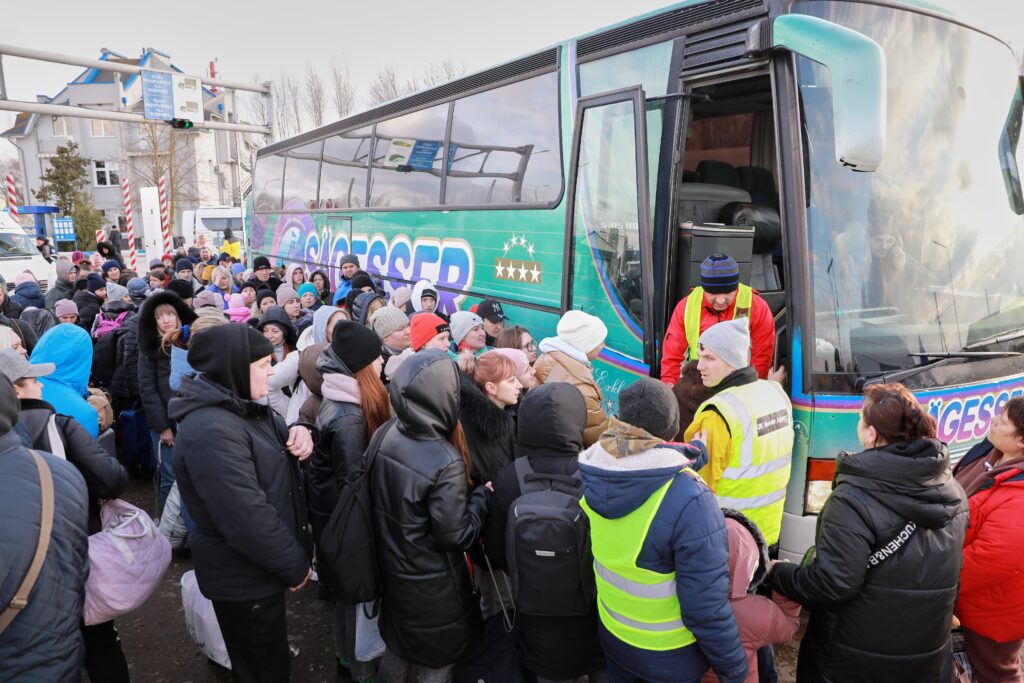
The ongoing crisis in Ukraine exemplifies this phenomenon. In the case of Ukraine, Ukrainian women have been hypersexualized in pornography and expedited into sexual trafficking in order to get into the United Kingdom (Cockbain, & Sidebottom, 2022, p.8). Since the start of the Ukraine war in 2022, however, the scope of trafficking has expanded alarmingly. Men, women, and children alike have become victims of human trafficking smuggling schemes related to the conflict in Ukraine, with some reports indicating that children have even been conscripted or used as human shields in the Russian-Ukrainian War.
Regional Wars, Global Impacts
In other countries such as Japan, gaining refugee status may be easier if the refugee agrees to low-wage, high-demand jobs. In Japan, these jobs are known as ‘KKK’ – Kiken, Kitsui, Kitanai, or dangerous, difficult, and dirty. However, in Japan itself, refugees are not permitted to work and thus must obtain temporary work visas, which often limit them to backbreaking labor jobs.
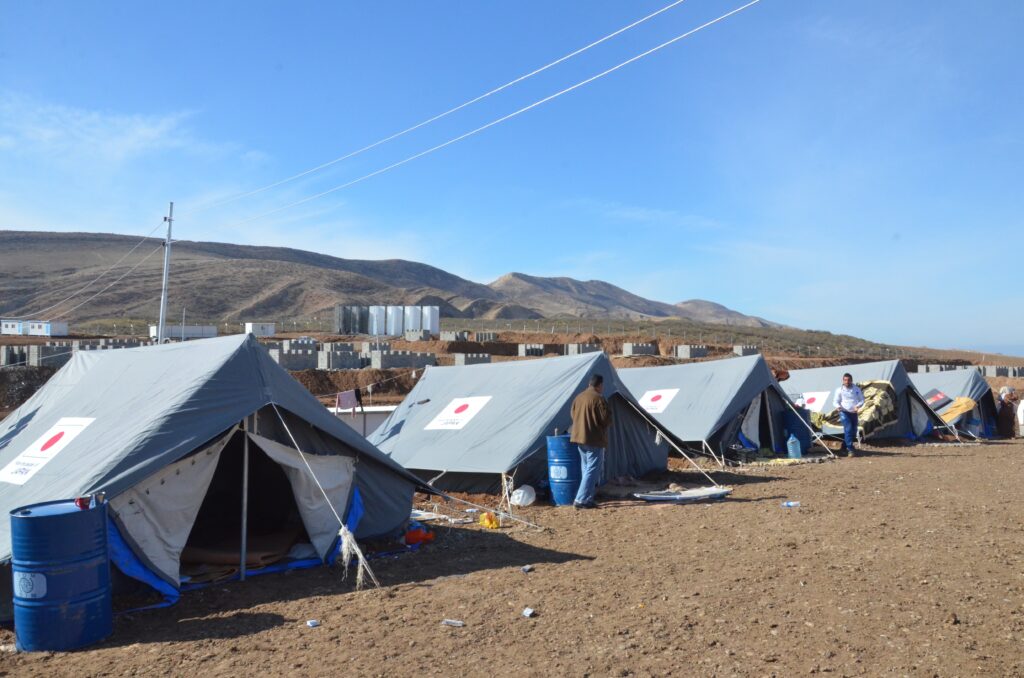
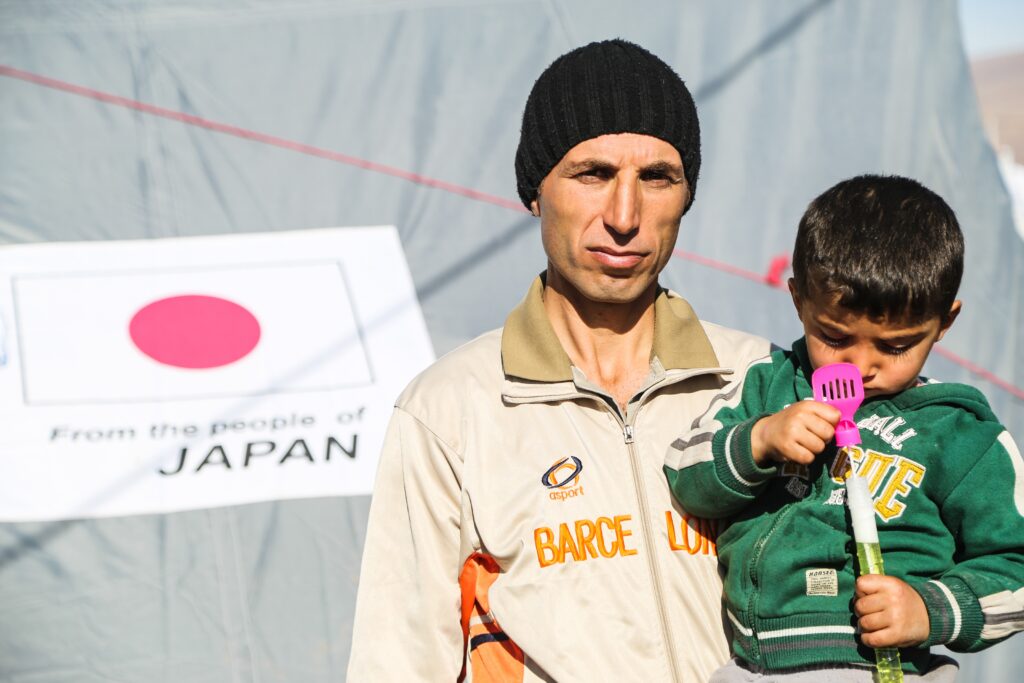
Japan is a frequent participant in refugee support programs at austere locations where displaced people are in dire need. However, those refugees that do make it to Japan find themselves faced with new and significant difficulties relating to language differences and visa status.
This underscores why visa-free migration should be more widespread and accompanied by robust strategies to facilitate integrating refugees into society (Cockbain, & Sidebottom, 2022, p.10). Expanding visa-free travel options would diminish the need for desperate refugees to make high-risk decisions that can lead to human trafficking. While the United Kingdom has introduced special visas allowing Ukrainians to eventually transition to alternative visa statuses like seasonal workers, the reality is that EU members enjoy free movement privileges that Ukrainians lack, particularly since the UK’s withdrawal from the EU in 2020. This disparity has driven many Ukrainian refugees to enter the UK undocumented through countries such as Ireland, fueling labor exploitation and human trafficking through back channels where the “EU’s visa-free and the UK’s visa-requiring systems collide” (Cockbain, & Sidebottom, 2022, p.11).
State-Sponsored Human Trafficking: Profiting Over People
States are usually deemed to be the protectors of people’s rights as long as the terms of citizenship and lawful entry into the country are met. But in times of conflict and political unrest, state-sponsored human trafficking is also the reason for the disappearance of many displaced people.
One ongoing case of state-sponsored human trafficking is the movement of migrants through Belarus into Poland. State-sponsored airlines and travel companies promise refugees and migrants EU passports if they pay for their services to enter the EU. However, once they enter Belarus they are encouraged to depart through the Polish border, where yet another network of traffickers awaits, eager to exploit them for labor and organ donation. (Muraszkiewicz & Piotrowicz, 2023, p.5).
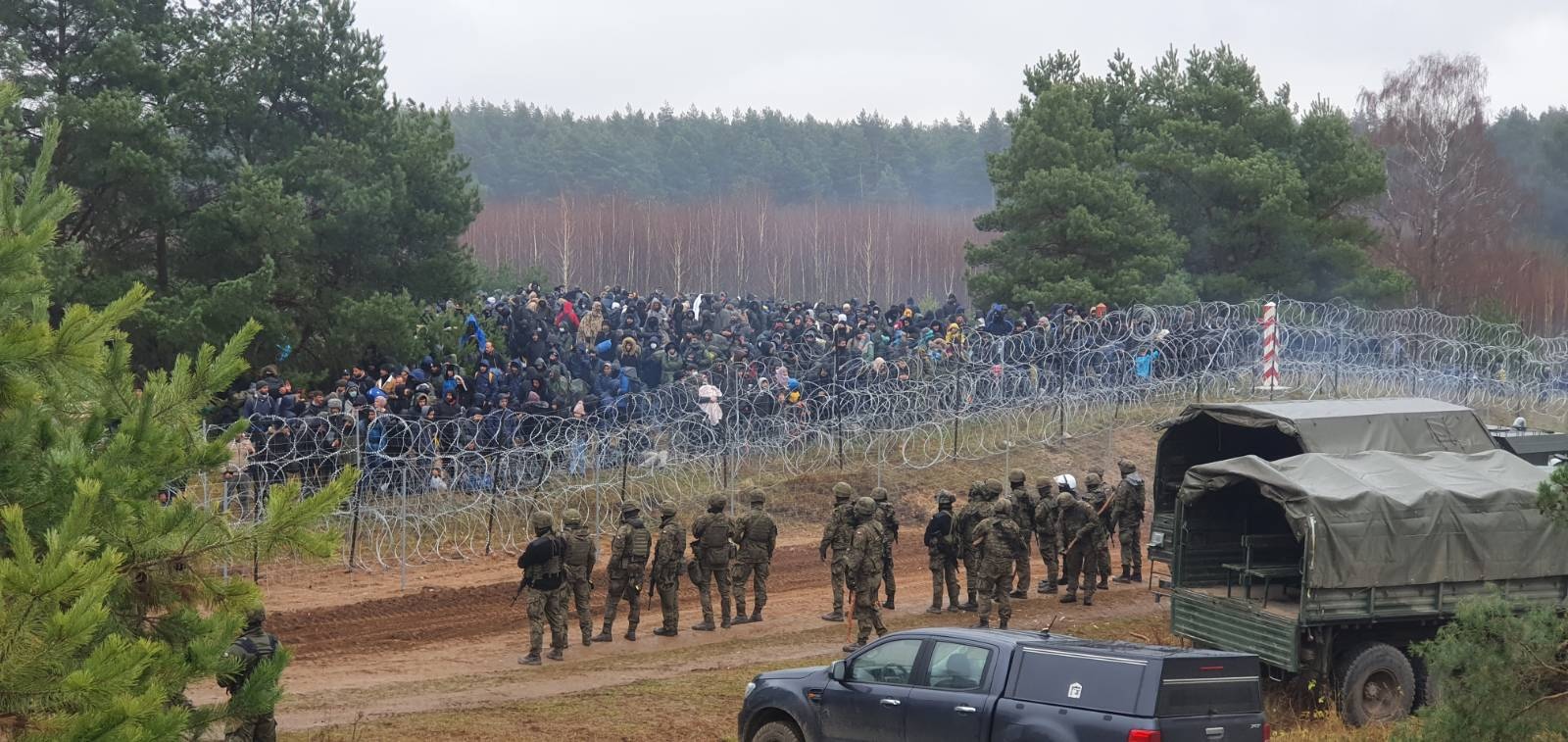
Global Problem Demands Global Solutions
Organizations like the United Nations are essential for holding nations accountable in cases of human rights violations. All these examples of modern human trafficking are crucial to recognize in order to better understand and rectify the consequences of war, political conflict, and economic collapse. It is also important to be able to identify new and varied illicit methods of human trafficking within one’s own country. Victims are isolated, but many begin as migrants at neighboring countries’ borders. In order to protect human dignity and rights, robust protections must be implemented for migrants and displaced persons.
Featured Photo Credit: Josh Zakary
Sources
Cockbain, E., & Sidebottom, A. (2022). War, Displacement, and Human Trafficking and Exploitation: Findings from an evidence-gathering Roundtable in Response to the War in Ukraine. Journal of Human Trafficking, 1–29. https://doi.org/10.1080/23322705.2022.2128242
Muraszkiewicz, J., & Piotrowicz, R. (2023). State-Sponsored Human Trafficking in Belarus: The Weaponization of Migration and Exploitation. Journal of Human Trafficking, 1–16. https://doi.org/10.1080/23322705.2023.2235969
Miller, M., 2024,“Department Press Briefing.” U.S Department of State, U.S Department of State, https://www.state.gov/briefings/department-press-briefing-june-24-2024/.
Refugee Voices Japan, “Work in Japan.” (2023), refugeevoicesjapan.com/narrators/christopher/work-in-japan/#:~:text=In%20Japan%2C%20unlike%20many%20other,to%20take%20any%20paying%20work.

